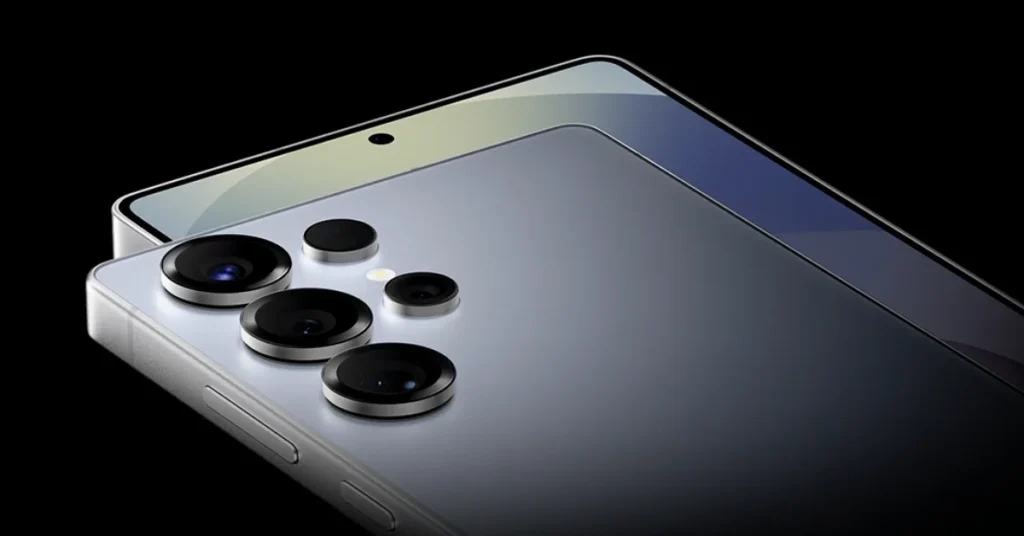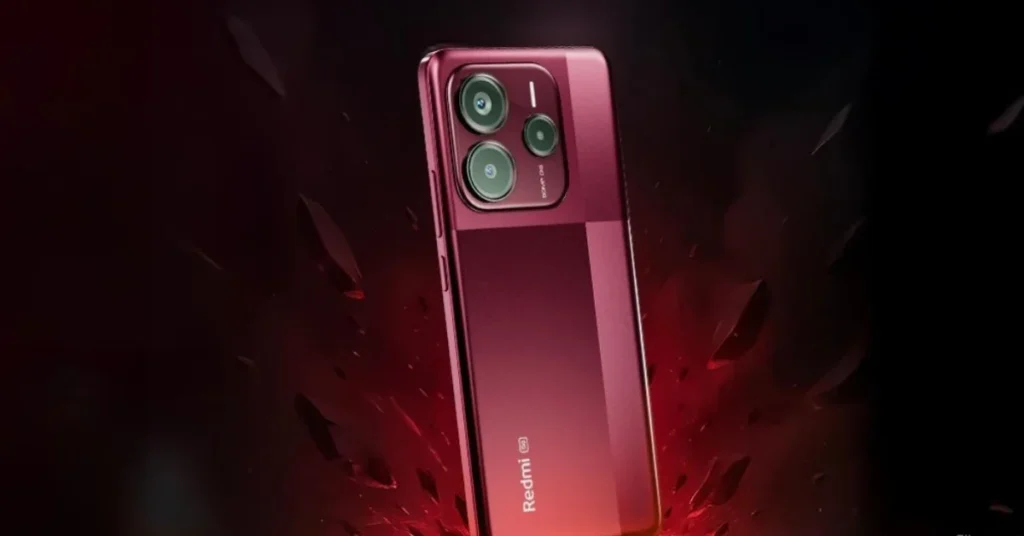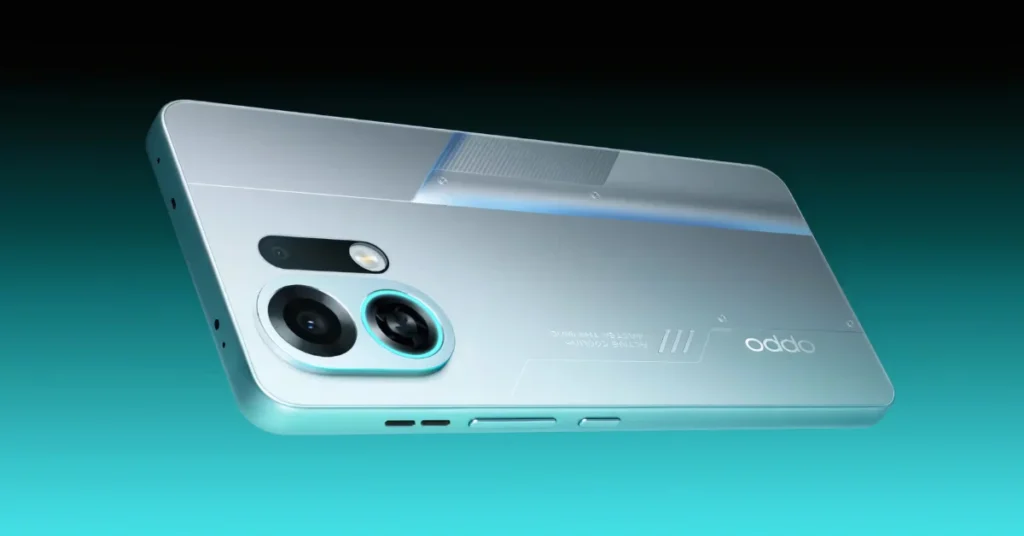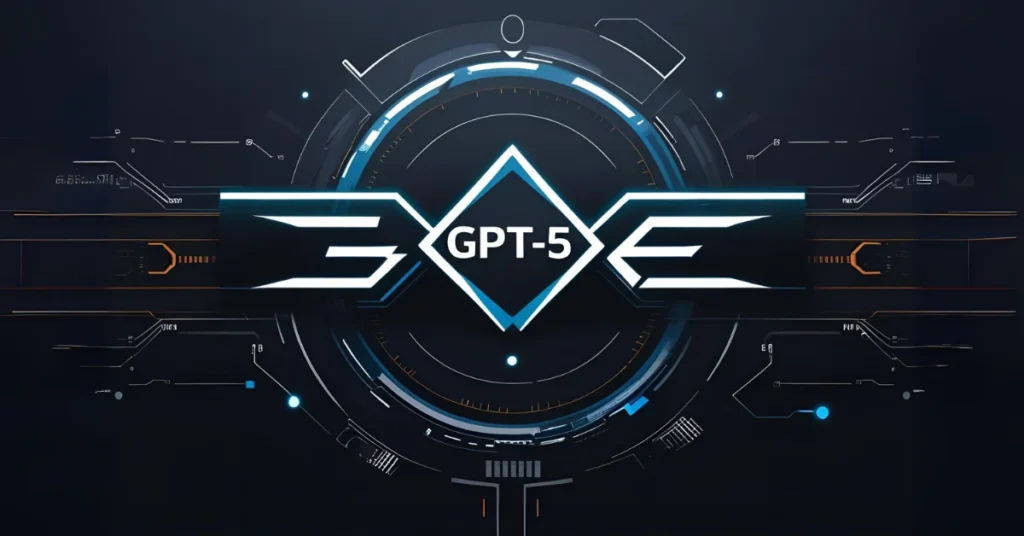
The mid-range smartphone segment in India is heating up with new launches focused on delivering flagship-level camera performance. Two strong contenders in this category are the Motorola Edge 60 Fusion and the Nothing Phone (3a). Priced under ₹25,000, both smartphones promise to offer excellent photography features, but which one truly stands out when it comes to real-world camera performance?
In this detailed camera comparison, we evaluate both phones across various scenarios, including daylight, ultrawide, portrait, selfie, and low-light photography. Our analysis focuses on factors like color accuracy, sharpness, detail retention, and texture to help you make the best buying decision.
Quick Comparison Table
Scenario | Winner |
Daylight | Motorola Edge 60 Fusion |
Ultrawide | Motorola Edge 60 Fusion |
Portrait (2x Zoom) | Nothing Phone (3a) |
Selfie | Nothing Phone (3a) |
Low Light (Without Night Mode) | Nothing Phone (3a) |
Low Light (With Night Mode) | Nothing Phone (3a) |
Daylight Photography
Under natural daylight, both smartphones deliver impressive results. The Motorola Edge 60 Fusion captures warm and saturated tones, making the images pop—great for those who enjoy punchy visuals. On the other hand, the Nothing Phone (3a) leans toward neutral color science, offering more balanced but slightly muted results.
Where the Edge 60 Fusion truly shines is in sharpness and detail. Textures are well-preserved, and even distant objects remain crisp and clear. The Nothing Phone (3a), while good, slightly trails in fine detail clarity.
Winner: Motorola Edge 60 Fusion
Ultrawide Performance
Motorola Edge 60 Fusion features a 13MP ultrawide sensor, which delivers vibrant photos with strong dynamic range. However, it tends to over-saturate colors, and some images may carry a yellowish tint in warm lighting conditions.
The Nothing Phone (3a) offers a more natural and true-to-life color profile, but the images lack the crispness and detail found in Motorola’s ultrawide shots.
Winner: Motorola Edge 60 Fusion
Portrait Shots (2x Zoom)
The Nothing Phone (3a) takes the lead in portrait photography, thanks to its dedicated telephoto lens. It ensures tighter framing, better background blur (bokeh), and more defined facial features. Edge detection is precise, and the subject stands out cleanly from the background.
Motorola Edge 60 Fusion still holds its ground with natural-looking skin tones, but it doesn’t deliver the same level of sharpness or depth.
Winner: Nothing Phone (3a)
Selfie Performance
In selfies, the Edge 60 Fusion applies a beauty filter by default, softening skin textures and enhancing colors. This may appeal to users who prefer Instagram-ready images out of the box.
In contrast, the Nothing Phone (3a) takes a more realistic approach, retaining skin textures and applying a subtle background blur that brings the subject into focus.
Winner: Nothing Phone (3a)
Low Light (Without Night Mode)
Without enabling night mode, the Nothing Phone (3a) delivers better exposure control and color balance. It handles artificial light sources effectively, preserving details in highlights and shadows. Shop signs and neon lights are captured with readable clarity.
Motorola’s camera tends to overexpose these areas, often resulting in washed-out highlights and loss of detail.
Winner: Nothing Phone (3a)
Low Light (With Night Mode)
When night mode is activated, both phones improve significantly. However, the Nothing Phone (3a) edges out again with better consistency. It maintains detail without overly brightening the image and avoids shifting colors, especially in tricky lighting situations like neon signs or red tones.
The Edge 60 Fusion struggles slightly with color shifting—red often turns orange—and the images can appear oversharpened.
Winner: Nothing Phone (3a)
Final Verdict
The Nothing Phone (3a) takes the overall win in this camera comparison, excelling in selfies, portraits, and low-light conditions. If you’re looking for a phone with strong, all-around camera capabilities, especially for social media content and indoor photography, this is the device to consider.
Check out full review of Nothing Phone 3a
However, the Motorola Edge 60 Fusion puts up a solid fight in daylight and ultrawide shots, making it a great choice for outdoor photography and landscape enthusiasts. Plus, with a slightly lower starting price, it offers excellent value.
Frequently Asked Questions (FAQs)
Which phone has a better overall camera – Motorola Edge 60 Fusion or Nothing Phone (3a)?
The Nothing Phone (3a) has an edge in low-light, portrait, and selfie photography. The Edge 60 Fusion is better in daylight and ultrawide scenarios.
Is the Motorola Edge 60 Fusion good for vlogging or content creation?
Yes, especially for daylight outdoor shooting. It delivers sharp, vivid video and images.
Does the Nothing Phone (3a) have a telephoto camera?
Yes, it features a dedicated telephoto lens that improves portrait clarity and 2x zoom performance.
Which phone has better software optimization for photography?
The Nothing Phone (3a) offers more consistent post-processing, particularly in low light.
Which is more value-for-money in terms of camera quality?
Both phones offer great value, but the Nothing Phone (3a) slightly edges ahead in versatility.
Priyanshu Raj, I have worked in social media and content writing for many years. I have also worked in WordPress website development. I am very interested in technology, especially smartphones and AI, so I created this website.





